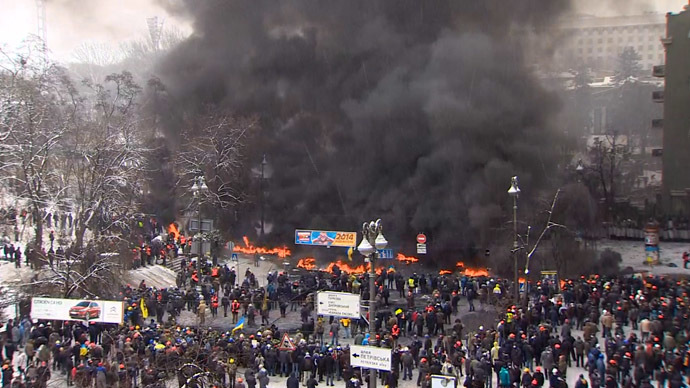India loses top ODI ranking after back-to-back defeats
22012014 Updated on : 22-01-2014 03:58 PM Updated on : 22-01-2014 03:58 PM |
Team India was dethroned as the number one ODI team ranking after they suffered an agonising 15-run defeat in a rain-truncated second cricket one-dayer against New Zealand, who have now taken a 2-0 lead in the five-match series in Hamilton on Wednesday.
India, who desperately needed a win to retain their top spot, made a valiant effort to overhaul the revised target of 297 in 42 overs but failed to cross the finishing line scoring 277 for nine in 41.3 overs, giving Australia pole position in the ICC ODI rankings. The Duckworth-Lewis par score in 41.3 overs was 293.Put into bat, the Kiwis rattled up 271 for seven riding on Kane Williamson’s 76 and all-rounder Corey Anderson’s rampaging 17-ball-44 that included five huge sixes as the hosts amassed a whopping 101 runs in 8.4 overs after rain interruption.
India were left with a daunting task of chasing a revised target of 297 as per the D/L method and were again done in by a shaky start and lack of big partnerships which has been their bane of late.
Virat Kohli, who hit a century in the first ODI, again top-scored with a sparkling 78 while skipper Mahendra Singh Dhoni (56), Suresh Raina (35), Ajinkya Rahane (36) got the starts but could not translate them into match-winning knocks.
Tim Southee (4/72) was pick of the New Zealand bowlers while Anderson again displayed his all-round prowess picking up three for 67 with wickets of Dhoni, Ravindra Jadeja and Bhuvneshwar Kumar.
Shikhar Dhawan (12, 22 balls) and Rohit Sharma (20, 34 balls) wasted a lot of deliveries upfront as India couldn’t take advantage of the bowling Powerplay.
The loss was all the more heartbreaking for India as they conceded the No 1 ODI position to Australia, having relinquished their top position in Tests to England back in 2011 after 0-4 whitewash.
India now travel to Auckland for the third ODI at the Eden Park on January 25, which will be a do-or-die match for Dhoni’s men.
During the chase, Kohli and Rahane added 90 runs for the third wicket after Dhawan was bowled by a fullish delivery from Southee and Sharma edged one to Luke Ronchi behind the stumps.
Both Kohli and Rahane played confident strokes but the Mumbaikar was done in by Mitchell McClenaghan, who got one to kick up and Rahane only got a thickish edge to the keeper.
Kohli was obviously the more aggressive batsman in this pairing, bringing up his 29th ODI fifty in the 23rd over of the innings. In the next over, they brought up their 50-run partnership, off only 49 balls.
Skipper Dhoni came out to bat ahead of Suresh Raina but they could not take the score closer to the target unlike Napier.
Kohli was looking to accelerate when he mistimed and hit straight to the substitute fielder at mid-on. He made 78 runs off 65 balls, with seven fours and two sixes, and walked off dejected as there was yet another hundred for the taking.
Raina then came out fighting, looking more comfortable at number six than he has batting higher up, as he chipped in with a quick-fire 35 off 22 balls with six fours.
He put on 62 runs in only 39 balls with Dhoni as the chase started looking hopeful once again.
But he fell in the 37th over, much to the disappointment of his captain.
Thereafter Dhoni reached his 50 in the 39th over, off 41 balls, looking to take India home single-handedly
. His efforts came to nought though as he holed out in the deep in the 40th over.
Earlier, Indian bowlers dished out yet another listless performance as New Zealand scored an imposing 271 for seven in 42 overs.
Williamson set the platform with a polished knock of 77 helping all-rounder Anderson to cut loose as he played a brilliant cameo smashing 44 off only 17 balls with five huge sixes. Ross Taylor also hit 57 off 56 balls with seven hits to the fence.
For India, Mohammad Shami (3-55) was once again the most successful bowler. Bhuvneshwar Kumar (1-43), Ishant Sharma (1-46), Ravindra Jadeja (1-46) and Suresh Raina (1-18) took a wicket apiece while R Ashwin (0-50)’s poor form with the ball continued.


